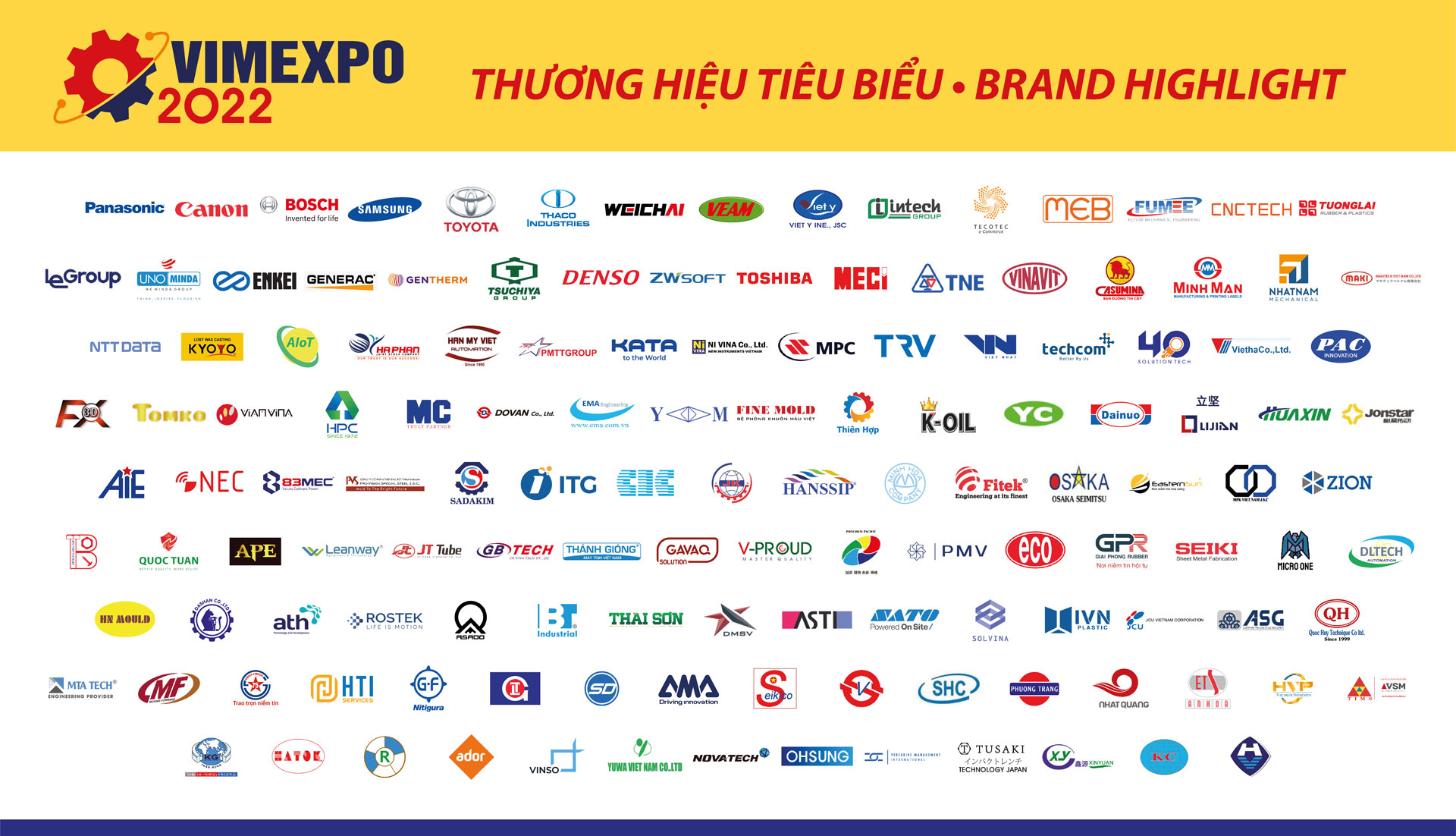Resolution XIII of the Central Committee sets the goal that by 2030, Vietnam will be a developing country with modern industry and high average income; by 2045, it will become a developed country with high income. Contributing to this goal, the automobile industry plays a key role in developing the economy, promoting growth, and improving people’s lives.
By 2035, electric vehicles will be the mainstay
According to data from the Vietnam Register, in 2022, the total number of vehicles sold nationwide will only reach more than 407,000 vehicles. The ASEAN and East Asia Economic Research Institute calculates that the output of cars sold at about 400,000 units/year as above is only equivalent to Thailand and Malaysia in the 1990s and Indonesia in the mid-2000s. The rate of car ownership in Vietnam is still much lower than that of other countries in the region, and the automobile industry is underdeveloped. Many auto experts believe that in order for the Vietnamese auto industry to truly develop, our country needs to reach a consumption level of about 600,000 vehicles/year. Strategic policy-making agencies must have a breakthrough mechanism and prioritize development so that by the early 2030s, the auto market consumption in Vietnam can reach 1 million vehicles/year.
Experts believe that in order to achieve this important goal, it is necessary to seriously review and re-evaluate the implementation process and progress of the Auto Industry Development Strategy to 2010, with a vision to 2020, and to adjust regulations that are no longer suitable for the development of the auto industry in the world, including studying and evaluating the future trend of auto development, which is to use clean, environmentally friendly fuels such as electric vehicles, hybrid-electric vehicles, etc., while technologies using internal combustion engines such as gasoline and oil will gradually be eliminated. In addition, there is a comprehensive policy to improve people’s income and make car prices more accessible to consumers.




